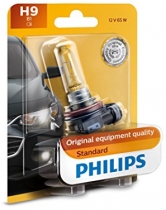-
Welcome to Tacoma World!
You are currently viewing as a guest! To get full-access, you need to register for a FREE account.
As a registered member, you’ll be able to:- Participate in all Tacoma discussion topics
- Communicate privately with other Tacoma owners from around the world
- Post your own photos in our Members Gallery
- Access all special features of the site
3rd Gen HID vs LED vs Halogen H11 projector headlights
Discussion in '3rd Gen. Tacomas (2016-2023)' started by crashnburn80, Jan 25, 2019.
Page 331 of 339
Page 331 of 339


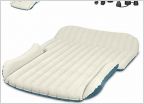 Truck bed mattress
Truck bed mattress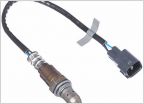 2016 Tacoma Air Fuel Sensor replacement
2016 Tacoma Air Fuel Sensor replacement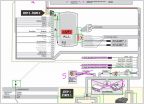 Fortin remote start with alarm
Fortin remote start with alarm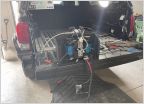 Making compressor fit
Making compressor fit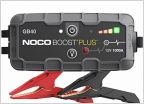 Jack recommendation for tacoma
Jack recommendation for tacoma GPS tracker
GPS tracker













